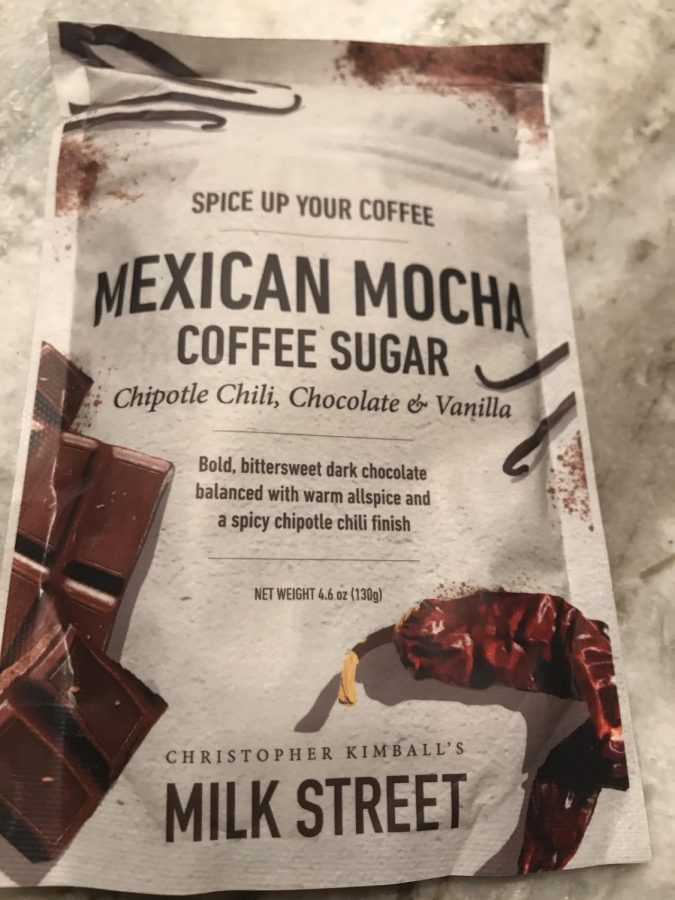What’s the Sweet Stuff Made of?
Almost everything we eat has sugar. Some things have one of the specific sugar molecules and some have things that break down into sugar while you digest them. But not all sugar is created equal. So, what are the different types of sugar molecules that we eat, and what’s the difference between them?
There are many types of sugars which go deeper than your ordinary cane.
December 14, 2020
Glucose, fructose, and sucrose are the most well known sugars. Glucose is what your body breaks foods down into for energy, fructose is in high-fructose corn syrup and fruits, and sucrose is table sugar. According to HowStuffWorks, sucrose is naturally found in all plants because it is a product of photosynthesis. However, there are a lot more sugars than just these three. Some of these include lactose, galactose, maltose, and xylose.
Glucose
Glucose is, by far, the most important sugar. Glucose is what your digestive system breaks other types of sugar down into so they can be used for energy. Healthline states that glucose is the type of sugar known as “blood sugar.” It is the fuel for all your muscles. As soon as you put any food in your mouth, your body starts the process of breaking it down into glucose and other nutrients. This starts with the enzymes in your saliva. When the food starts to make its way farther into your digestive system, the pancreas starts to release insulin to control blood sugar levels. This is why people with diabetes have to be more aware of their blood sugar level, as they don’t have enough insulin to regulate their blood sugar.
Sucrose
While glucose is the most important and sucrose is the most useful. Sucrose is what makes up the type of sugar that you use in baking, coffee, tea, and many more things. As stated by Food Insight, the main source of sugar with sucrose in it is sugar cane and beets. When sucrose is digested, it breaks down into equal parts glucose and fructose. While the glucose is good for you, the fructose goes to your liver to be absorbed. The problem with this is when your liver is bombarded with fructose in unhealthy amounts, it leads to health issues like Non-Alcoholic Fatty Liver Disease (yes, it is actually called that).
Fructose
Glucose is important, sucrose is useful, and fructose is flavorful. Fructose, like the name suggests, is commonly found in fruit. Fructose can be almost two times sweeter than sucrose, says Food Insight. While fructose is bad for you in large amounts, it is unlikely that eating excessive amounts of fruit will harm you from large amounts of fructose. However, high-fructose corn syrup is very bad for you. Unlike fruit, it has an excessive amount of fructose in it and should be consumed in moderation, which is difficult considering it is in a large portion of processed foods.
Lactose, Galactose, Maltose, and Xylose
There are lots of different types and variations of sugars. Many foods and plants often contain more than one type of sugar in them. Lactose (as you probably already knew) is the kind of sugar found in milk. Not all sugars have to be sweet, as xylose is the type of sugar that is found in wood or straw. Merriam Webster defines maltose as the sugar that is found in starch. MyFoodData says that dairy products, honey, and some fruits have some of the highest concentrations of galactose.
Not all sugar is created equal. Some sugars are absorbed in your blood, like glucose, and some are absorbed by your liver, like fructose. Almost anything that we eat has at least one type of sugar in it. For example, carbohydrates consist of all the types of sugars, among other things. All these different types of sugar are the reason why when you eat a piece of fruit it is healthy for you, but when you eat a piece of candy, while it may taste just as sweet, is not good for you.









